
7 minute read
Looking for Something Extra-Special
Looking for Something Extra-Special Bespoke Porsches from Exclusive Manufaktur
Nothing seems quite as special as choosing your new Porsche from the showroom floor, as you select your exterior colour, interior trim, distinct options, special accessories and distinctive wheels. But there is something even more exclusive available. This is Porsche’s Zuffenhausen-based special facility in Germany – Porsche Exclusive Manufaktur – located not far from the Stuttgart factory.
Porsche’s Exclusive Manufaktur allows for personalised modification to be brought to life – be it more retro, ageless features; more bright, colourful paintwork; or more sporty, purposeful styling.
Exclusive Manufaktur is Porsche’s luxury arm, a service which does everything from installing optional elements, custom-painted parts and replacement wheels through to building entire cars.
The program has been available for some time. Originally it was called Sondereunschprogramm, but the company rebranded it in 1986 to Porsche Exclusive Manufaktur dedicating it to building extraordinary cars. Porsche estimates that around 40 percent of 911 models have had work done at this exclusive department, customising around 15,000 cars each year.
Any new Porsche can get the Exclusive Manufaktur treatment, which extends to any part of the car, from trimming the seats in houndstooth to repainting the air vents a special colour. All the work is done by experts in their field who cut leather and hand-sew it with needle and thread, or prepare and paint the exterior to a lustrous finish.
The more than 30 Manufaktur employees have access to an extremely wide range of visual and technical customisation options
for the exterior and interior. On the exterior, the lighting, wheels, and even engine and drivetrain can all be personalised.
Added to this is a wide range of special colours and high-quality materials such as leather, carbon, aluminium and elegant wood finishes for interior elements. The requirements for quality, technology, road safety and full compliance with international laws are all met.
Only recently this speciality factory space was expanded by 33 percent and optimised again to create an even more efficient work area. Now the workshop boasts four new lifting platform stations, more space and a direct line to the finished vehicle loading station.
With Porsche Exclusive Manufaktur a vehicle like the Taycan has at least 90 customisation options available and easily chosen from the range on offer. However, there’s no stopping there. If a customer wants a particular fabric used, it will be sourced, supplied and fitted.
Many materials can be used. For example, different coloured stitching, extra carbonfibre, and all manner of individual touches can be done onsite. As an example of the workmanship, wheels take four days from start to finish to customise. First, they are painted in the base colour (e.g. red), then the whole wheel is painted black and a laser etches the black paint away in areas where the red detail is to be revealed. Finally the wheel is gloss clear coated. Aside from the laser etching, it’s a traditional process, all hand-done by craftsmen.
The level of detail is exceptional, as are the vehicles themselves.
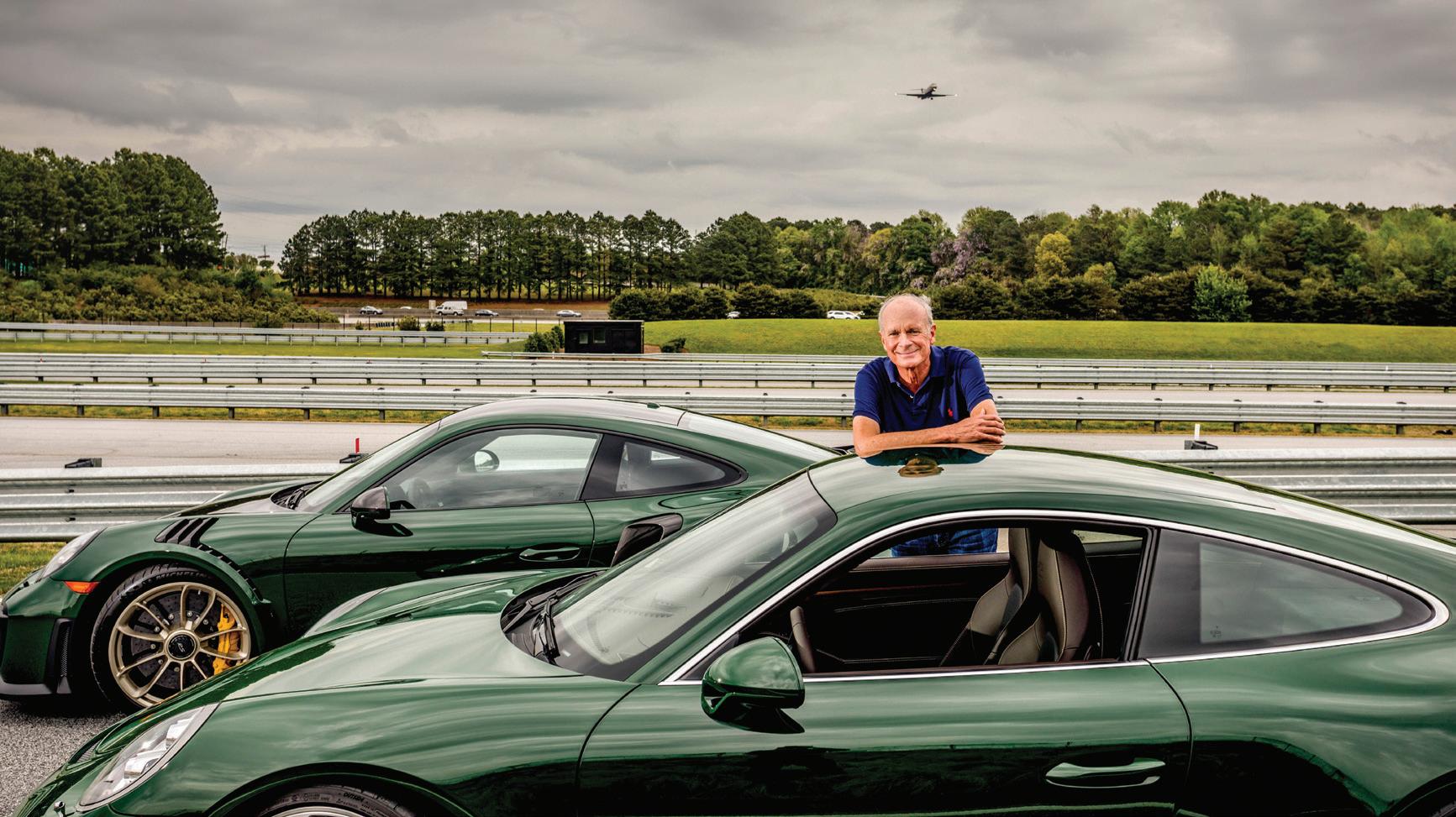

A masterpiece 49 years in the making
Jorge Carnicero’s love affair began in 1971 when he purchased a silver metallic Porsche 911 S with a sticker on the rear side window that read “Porsche Markenweltmeister 69, 70, 71.”
Carnicero didn’t know that “Markenweltmeister” meant Manufacturers’ World Champion.
The car’s appearance won his heart but the story behind it, which started with that sticker, swept him off his feet.
He has owned countless Porsches since then and had them configured to his specifications by the Exclusive Manufaktur, but it’s only now, nearly 50 years later, that he has come close to his ideal.
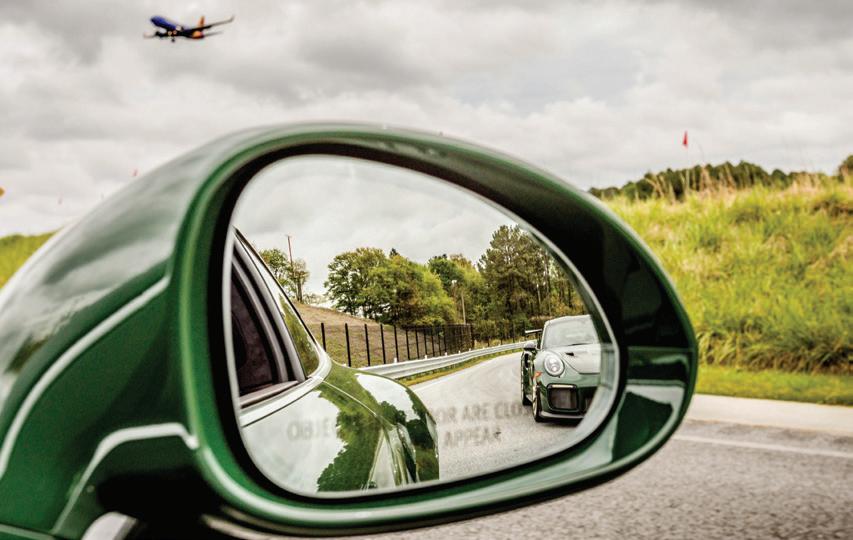
His new car is a Porsche 911 GT3 Touring. Carnicero worked on the modifications together with Porsche’s individualision experts for almost a year, laying plans, revising them, comparing colours, and studying the structure of fabrics. Nothing was too difficult or time consuming for Exclusive Manufaktur.
Then ...at some point, the ideas and emotions originally evoked in him by that original sticker on the side window of his first Porsche returned.
Carnicero’s new GT3 Touring also sports the emblem of the Manufacturer’s World Champion. He found a special material and place for it: in leather on the central console. It now reads “Porsche Markenweltmeister 15, 16, 17” in remembrance of his
first great flame. This tiny detail reflects the essence of Carnicero’s delight in the unique design of his dream car.
His theory is that the more you understand a work of art, the greater your passion for it – that is what Porsche Exclusive Manufaktur makes possible. The focus on design and engineering that dominated the many discussions with the people at the Manufaktur helped Carnicero better understand his car today and fuelled his love for it. He took a very targeted approach to configuring his GT3 Touring.
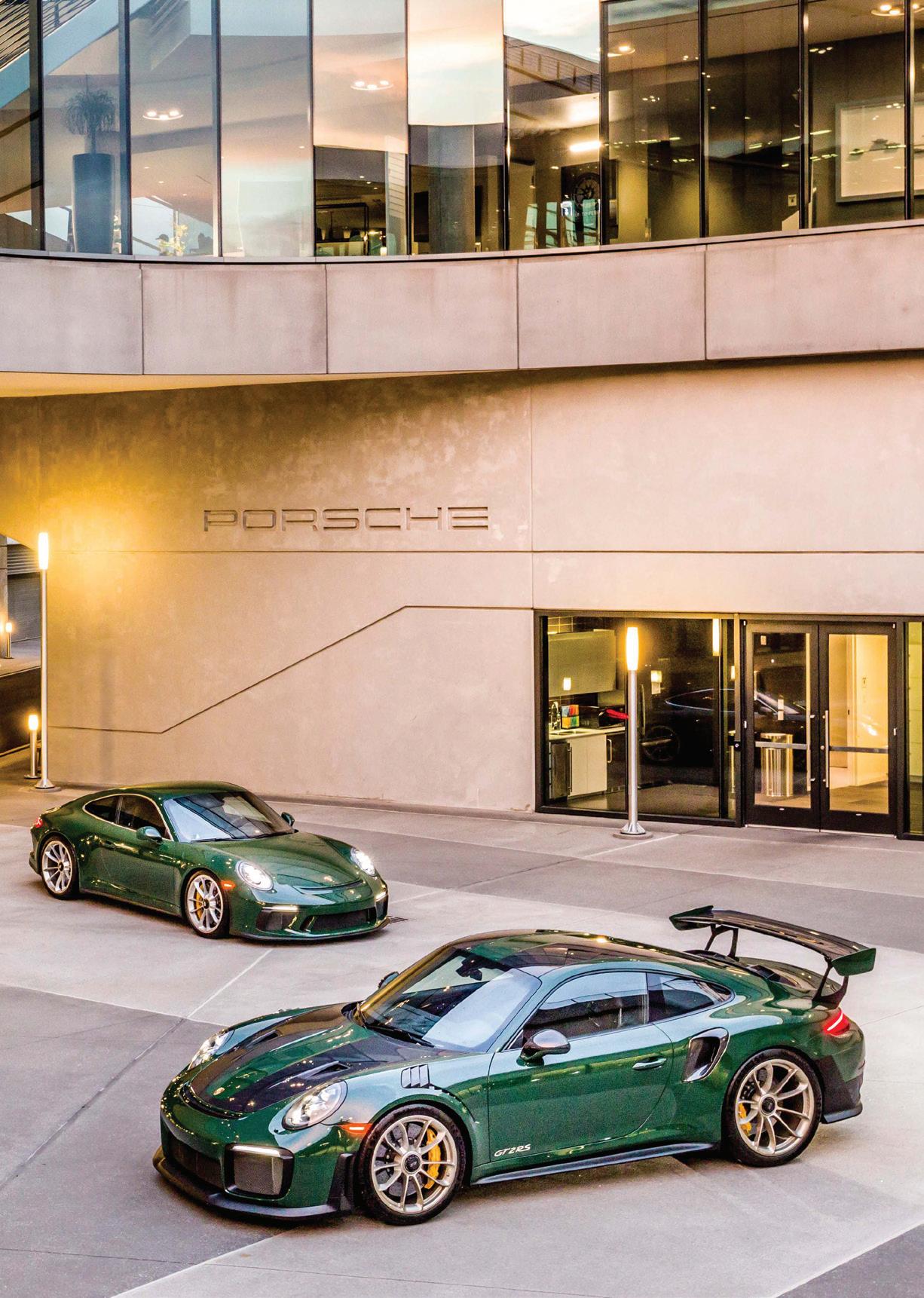
Carnicero chose as the model for his GT3 Touring the millionth Porsche 911, a car that rolled from the production line in 2017 painted Irish Green. Despite his previous fondness for blue, his GT3 was painted British Racing Green in the Paint-to-Sample program at Porsche Exclusive Manufaktur.
The British Racing Green is complemented by an interior featuring leather in Espresso with black accents and contrast stitching in Luxor Beige.
Satin-finished mahogany, an option not available for standardproduction cars, highlights the historical concept.
When Carnicero saw his almost-finished creation for the first time at the Exclusive Manufaktur in Zuffenhausen, he stood motionless for a long time, afraid that his ideas would ultimately disappoint him in reality. That was totally unfounded. g

As part of Porsche’s Heritage Design strategy, Porsche Exclusive Manufaktur has worked together with the ‘Style Porsche’ design department to design exceptional vehicle concepts that combine history with contemporary cars of today. Heritage vehicles from Exclusive Manufaktur
The objective was to give exclusive sports cars the finishing touch using contemporary interpretations of design elements from past icons of the ’50s, ’60s, ’70s and ’80s.
Porsche Exclusive Manufaktur worked on these concepts with ‘Style Porsche’ as part of the company’s Heritage Design Strategy, reinventing 911 models using iconic elements from Porsche vehicles dating back to the 1950s through to the 1980s.
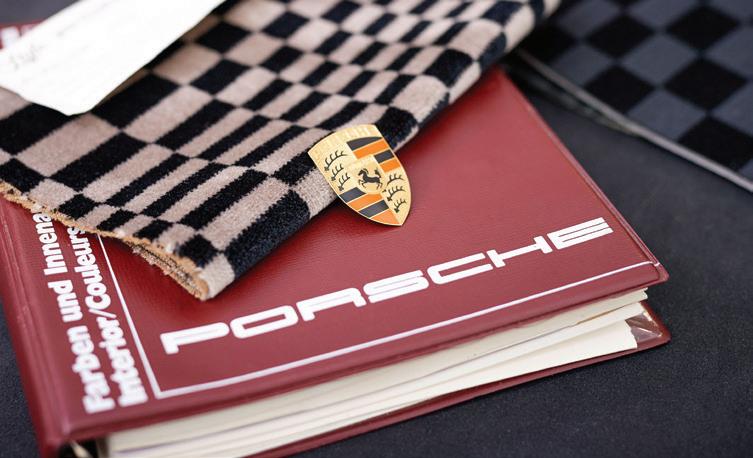

One of these was a 911 Speedster, showcased in 2019 at the New York Auto Show and providing an insight into the design of these ‘Lifestyle’ vehicles. Additional special models are to follow in limited numbers.
“To us, it is vital to transport the brand’s values into the future. Heritage Design models represent an essential addition to contemporary hybrid and electric vehicles which are dedicated to technical innovation,” says Boris Apenbrink, Director Exclusive Manufaktur Vehicles at Porsche AG.
According to Ivo van Hulten, Director Interior Design Style at Porsche, the company has set benchmarks in terms of design and styling from the the outset. Nowadays, vehicles from many different eras have become cherished as style icons.

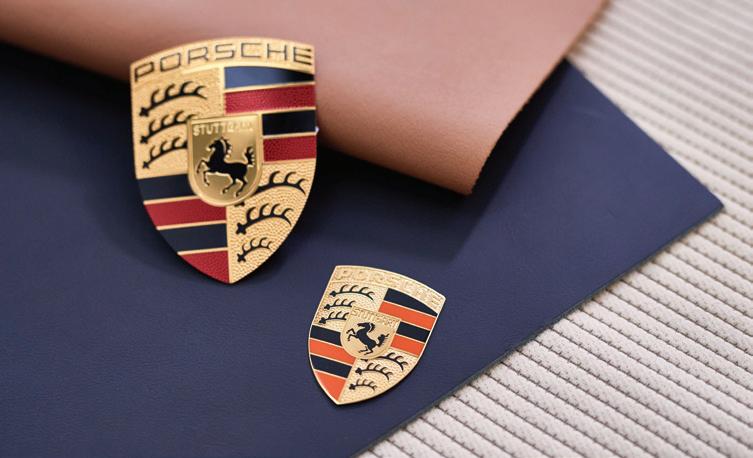

“We bring back these iconic looks and thus prove that Porsche will stay true to its roots, even in the age of electrification,” Boris asserts.
Heritage Design models put special colours and materials in the spotlight. They characterise the special models’ iconic appearance.

“Old colour and equipment cards, museum vehicles, design elements from the corresponding era – we took all this as our inspiration to reinterpret the design language of the past,” Mr van Hulten says.

The interior textiles play a particularly vital role in this process. Stylistically dominant elements, such as corduroy, the Pepita pattern, the Pasha pattern and tartans are redesigned, comprehensively tested and produced with cutting-edge material characteristics for these special models. •










